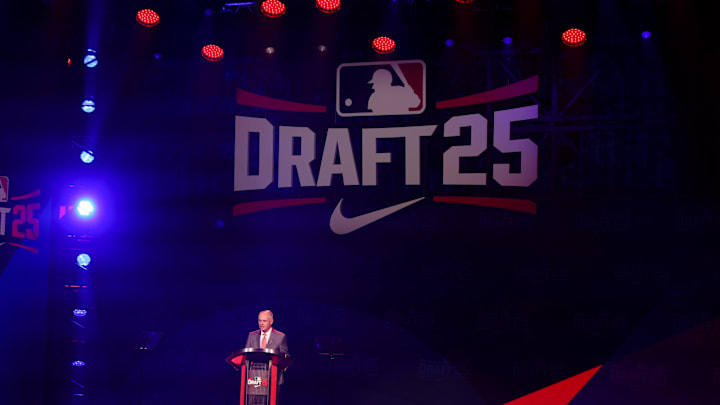Have NIL Deals Affected the MLB Draft for the Hokies?

NIL (name, image, and likeness) is in front of our eyes, transforming the world of college sports.
Whether you agree or disagree with NIL, collegiate athletes have a tougher choice when deciding between college and the pros nowadays.
On July 1, 2021, the NCAA announced an interim policy that allowed college athletes to profit off their NIL rights.
This transitioned a step further with the House v.
NCAA settlement on June 6, 2025, officially enabling universities to pay their athletes directly and removing the scholarship limit.
Part of the settlement resulted in a trimming of baseball roster sizes from 40 to 34, but it now means that more of those players can be under scholarship.
Larger universities with better outreach and more NIL opportunities can use this as a selling point in landing many high school recruits.
This gives the new incoming class of recruits expectations of what they can earn while playing in college while at the same time developing their game at a collegiate level and obtaining an education while enrolled.
During interviews at the combine that MLB organizations hold with prospects, players now have the leverage of naming their price based on what they would earn in college.
Organizations can then decide if a prospect is worth the pick value.
Before the draft each season, MLB announces the slot values for each draft position.
That is the maximum amount of money a particular draft pick can earn based on their selection.
Compared to last season, according to MLB.com , the average pick's value has increased by 4.8% from 2024.
The number one pick in 2025 is now worth a slot value of $11,075,900.
Every selection in the first 10 rounds has an assigned slot value, the lowest being pick number 315 at a slot value of $187,300, a high value that even the most prestigious baseball NIL deals cannot match.
Baseball Americas Kyle Bandujo interviewed former Oklahoma State and Brewers minor league pitcher Jonathan Perrin for insight about NIL deals: "This also affects the draft decision for high school prospects.
Initially at the onset of the NIL era, some draft-eligible players were asking for higher figures to sign because they had NIL leverage.
But the increased age of Power 4 rosters could lead some players to opt for the clearer developmental path of pro ball.
Its really hard for freshman right now to get playing time, especially at P4 schools.
Agents and parents are starting to realize that, Wait a second, if my end goal is to get to the big leagues, what is the best opportunity to make that happen?' That $150,000 bonus is not what it used to be.
There are a lot of kids in college baseball this year who are going to make more than that ...
If youre getting $150K to go play for the Royals, and Arkansas or LSU are paying you $250K to stay here, I cant speak for everybody, but Im going back to school in that situation.
The Hokies have seen two commits in both the 2024 and 2025 draft fall and go undrafted after landing in the mid-100s on many draft prospect boards.
Catcher Anderson French dodged the draft in 2024 and joined Tech's 2025 roster, just as pitcher Ethan Grim will do this year.
This comes despite Grim's invite to the 2025 MLB Draft Combine.
Baseball NIL deals cannot rival those of college football, with numerous athletes comfortably bringing in deals worth seven figures.
With the final 10 rounds of the MLB Draft having no slot value, these contracts are closer to the average rookie-ball contract, closer to the average NIL baseball agreement at a Power 4 university.
For players in farm organization complex leagues up to low single-A action, contracts on average range from $4,800 upwards of $26,200, leaving little leverage for athletes wanting to compete at a P4 level.
Signing bonuses play a factor in whether athletes make the decision to venture into the professional landscape.
With a favorable signing bonus and access to professional development strategies, athletes may still be eager to test the waters in the minor leagues.
With the current value of MLB selections and the current NIL deal market, for most P4 programs, athletes outside of the top 10 rounds will likely receive the same value for either choice, making the option more personal: either trusting in one's self in the professional circuit, or holding back and developing alongside other college athletes in the hopes of raising draft stock.
More Virginia Tech Diamond Sports News:.
This article has been shared from the original article on si, here is the link to the original article.
